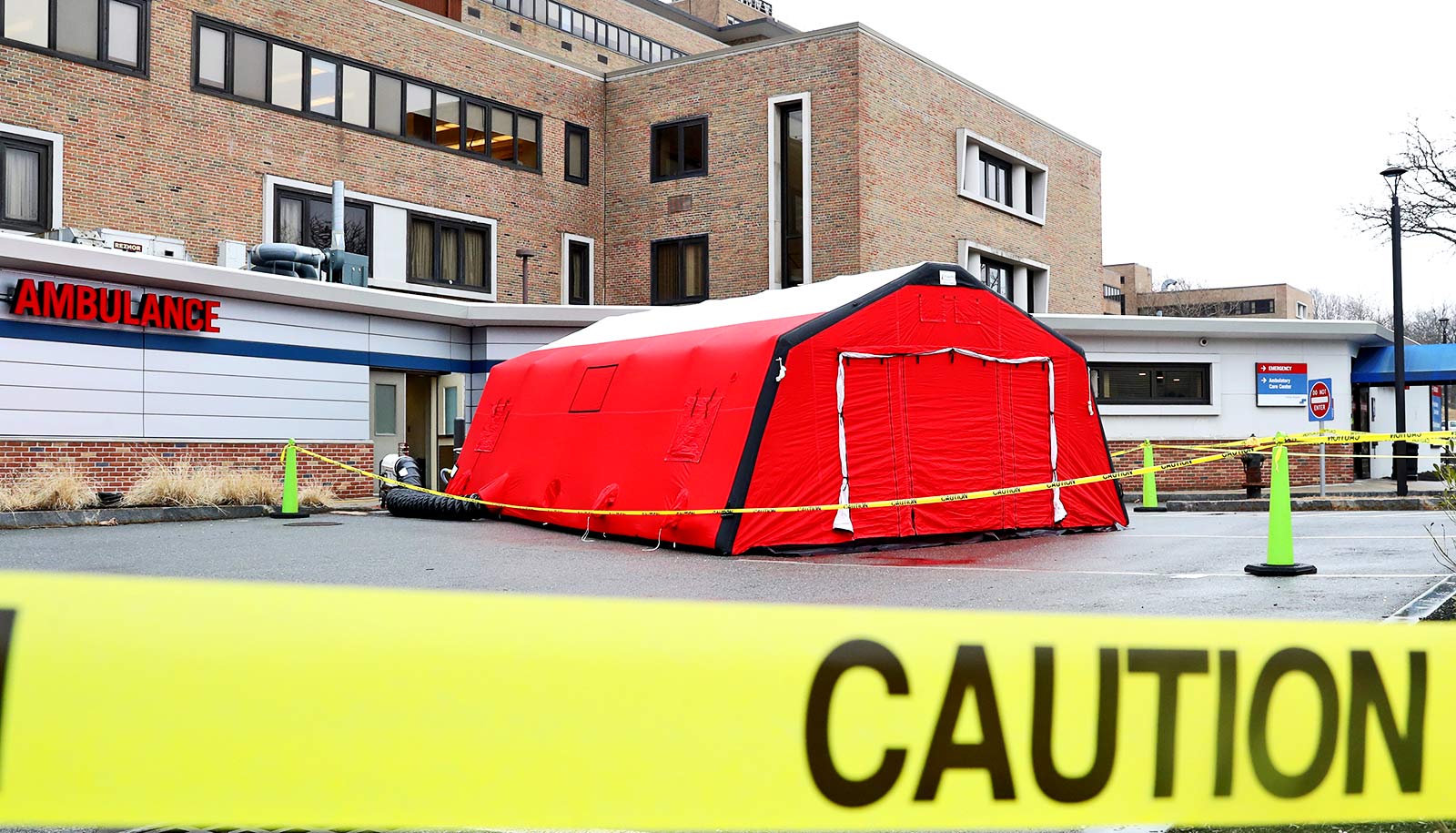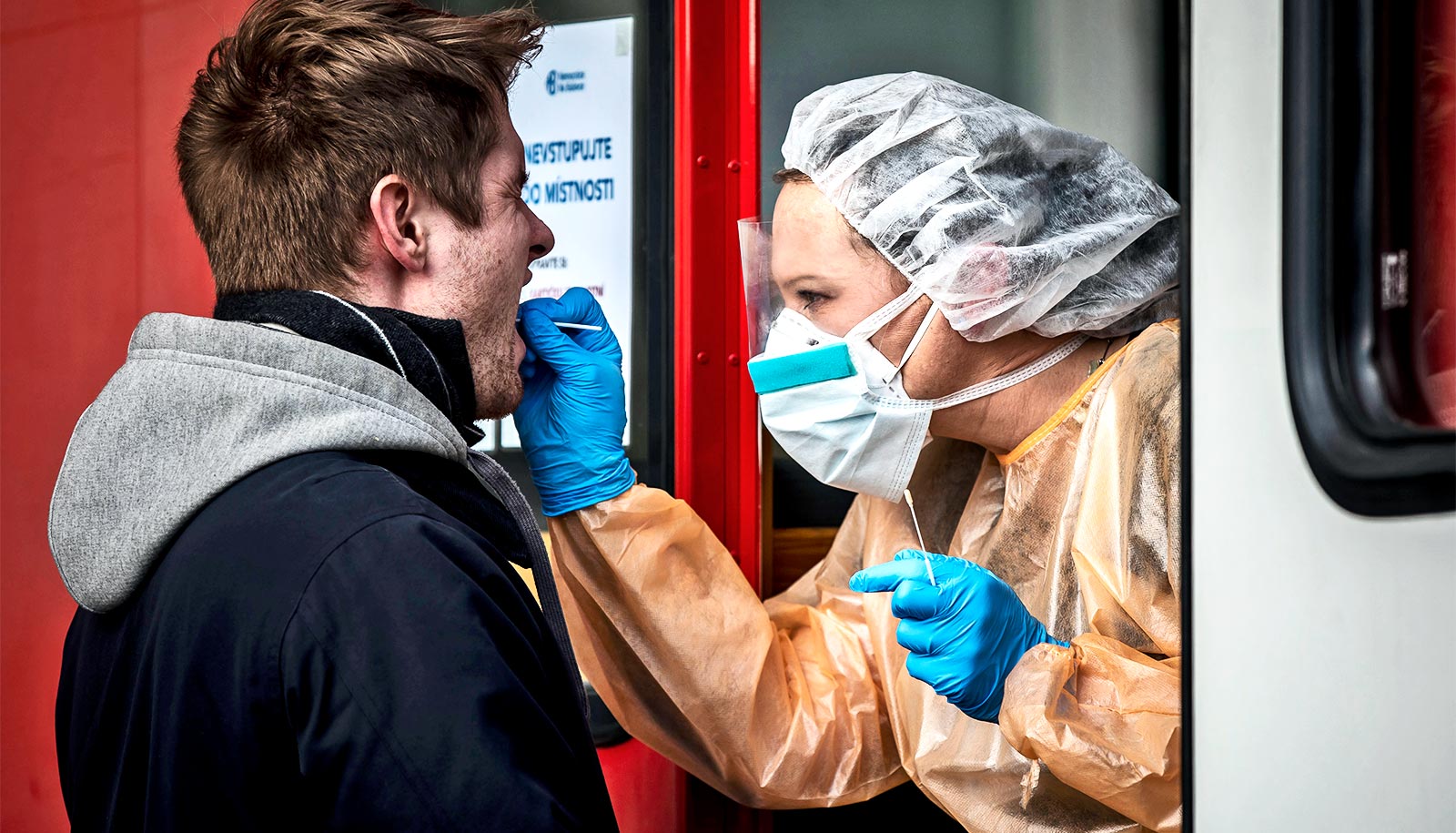A new overview offers hospitals practical advice on preparing for the influx of patients with COVID-19.
Hospitals should be prepared to clear at least 30% of their current beds to handle the influx of COVID-19 patients, or patients who would normally have gone to hospitals that will be caring for the most COVID-19 patients, the authors say in their piece in the Annals of Internal Medicine.
“This pandemic will test the resilience of our nation’s health care system. Planning must begin in full force now.”
And they need to be thinking about how to create more care space if need be, they say. The 95,000 beds in the US currently used for care of medical and surgical critically ill patients—and the staff, equipment, and supplies involved in that care—may need to double if COVID-19 sickens as many people as the 1957 or 1968 influenza pandemics, they predict.
An audio recap is also available:
No more ‘business as usual’
“It’s time to set aside the ‘business as usual’ mindset. Even if large numbers of severe cases don’t start appearing for weeks, every moment spent on preparations now will pay off,” says lead author Vineet Chopra, the chief of hospital medicine at Michigan Medicine, the University of Michigan’s academic medical center.
“Most hospitals operate at full or nearly full capacity already, so these changes will not be easy. But they need to happen so that we can serve the patients who need us most, and don’t have to make hard decisions or major shifts in operations on the fly.”
Chopra and senior author Laraine Washer, Michigan Medicine’s epidemiologist and an infectious disease physician, lay out the essential components of hospital COVID-19 preparedness, together with colleagues from Johns Hopkins and Georgetown universities.
How should hospitals prepare for COVID-19?
Based on their experience and published research, they advise:
- Designating a full-time emergency manager to lead planning, preparation, and response to the pandemic.
- Creating a task force of frontline clinicians—doctors, nurses, pharmacists, and others—and operations staff to work with the emergency manager.
- Resourcing an infection prevention team, to focus on protection of healthcare workers and other patients from coronavirus infection. This team should create backup plans in case personal protection supplies run short, and focus on investigating exposures and spread within the hospital.
- Outlining a bed capacity plan that’ll allow the hospital to free up at least 30% of its beds for an influx of patients, and care for critically ill patients who may need advanced care. Hospitals without major critical care capacity can prepare to receive non-critical patients who would otherwise be treated at hospitals with more critical care capacity. Under the federal government’s Hospital Preparedness Program, each state has already developed immediate bed availability guidance and toolkits for disaster response; Michigan’s is available here.
- Cementing relationships with a regional coalition of public health, emergency response, and healthcare organizations who will work together to coordinate bed capacity in the region.
In addition, the authors advise hospitals to take these key steps now:
- Plan to place COVID-19 patients in the same area of the hospital to facilitate care and conserve supplies.
- Create plans to increase capacity by thinking outside the box, such as:
- Converting single rooms to doubles.
- Discharging patients from the hospital as soon as it’s safe for them to leave.
- Reducing admissions for non-COVID-19 care, and letting patients with scheduled elective care know that the schedule may change.
- Providing training on proper protections to healthcare workers who will likely be taking care of COVID-19 patients, to keep them from getting sick or transmitting coronavirus to others within the hospital.
- Implementing a system to monitor supply levels, involving security in an effort to avoid theft or hoarding of scarce protective gear including N95 masks and personal protective equipment.
- Defining in detail how they’ll allocate the use of scarce technologies that can support patients, such as ventilators and extracorporeal membrane oxygenation. This effort should involve clinical staff and ethicists
- A robust communication team, working with clinical leaders to reach the hospital workforce, patients, and the general public with actionable information. This includes using all available channels such as a telephone hotline, the hospital’s website, social media, and text messaging.
Hospitals should be transparent about such things as the number of COVID-19 cases being triaged, investigated, or managed; current bed capacity and availability; and new or emerging data on treatments or care strategies.
“We need to focus on doing the greatest good for the greatest number of patients,” says Washer. “This pandemic will test the resilience of our nation’s health care system. Planning must begin in full force now.”
Source: University of Michigan



